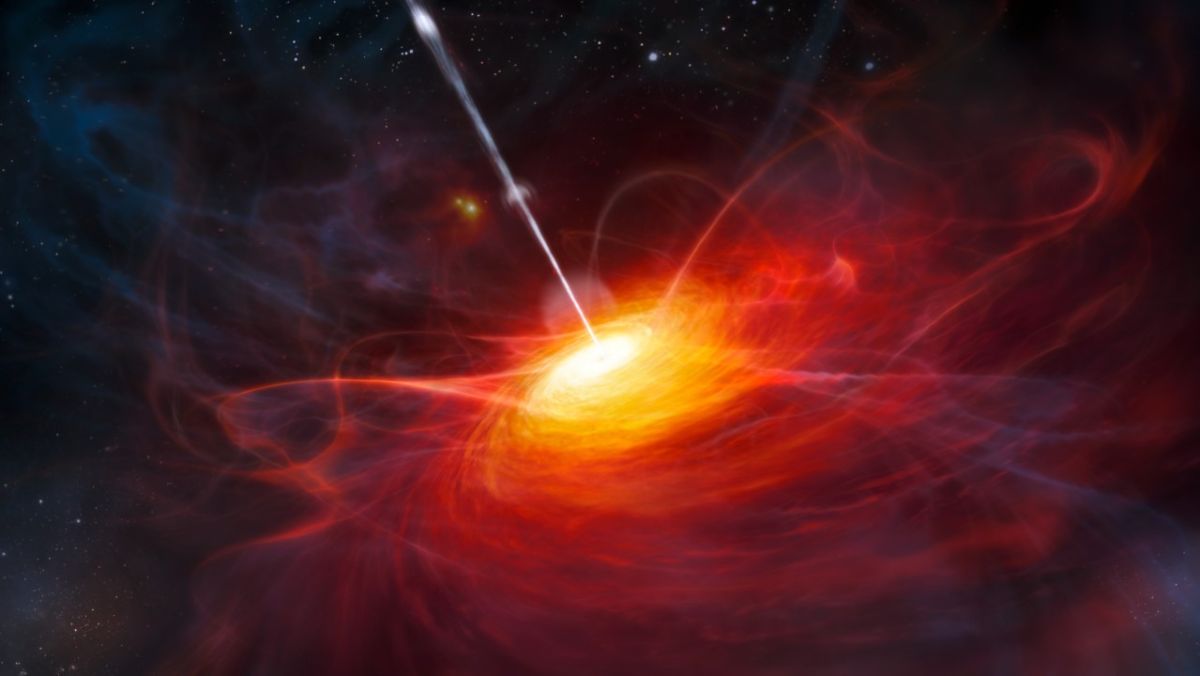
www.space.com
Supermassive black holes grow surprisingly quickly, study suggests
A new way to estimate the masses of supermassive black holes suggests that these cosmic titans may grow faster than previously believed.
Science & Tech
There were more monstrous black holes in the early universe than previously thought, a new study suggests.
A new way to predict the masses of the largest supermassive black holes believed to lurk at the heart of most galaxies has shown that these cosmic titans may grow faster than previously believed.
The results, from novel computer modeling methods, suggest that, billions of years ago, black holes may have been larger than scientists had thought. This is a potential breakthrough, because it could help researchers understand how supermassive black holes reach such tremendous sizes.
"The black hole at the center of our galaxy is millions of times the mass of the sun, but we also see others that we think are billions of times the mass of the sun," study author Joseph Simon, a postdoctoral researcher at the University of Colorado, Boulder, said in a statement. "We have really good measurements for the masses of the supermassive black holes for our own galaxy and for galaxies close by. We don't have those same kinds of measurements for galaxies farther away. We just have to guess."
The two supermassive black holes that humanity has imaged so far serve as startling examples of just how large a mass range these cosmic monsters span. Sagittarius A* (Sgr A*), at the heart of the Milky Way, has a mass equal to around 4.5 million suns. The black hole that lurks within the galaxy M87, located around 6 million light-years away, has a mass equal to around 5 billion suns, however.
There are several theories about how supermassive black holes grow to incredible sizes, most of which involve the mergers of smaller black holes.
But there's a problem with this idea: Has there been enough time in the 13.8-billion-year history of the universe for these processes to grow supermassive black holes so big, especially the ones that existed billions of years ago?
"There's been the expectation that you would only see these really massive systems in the nearby universe," Simon said. "It takes time for black holes to grow."
























































